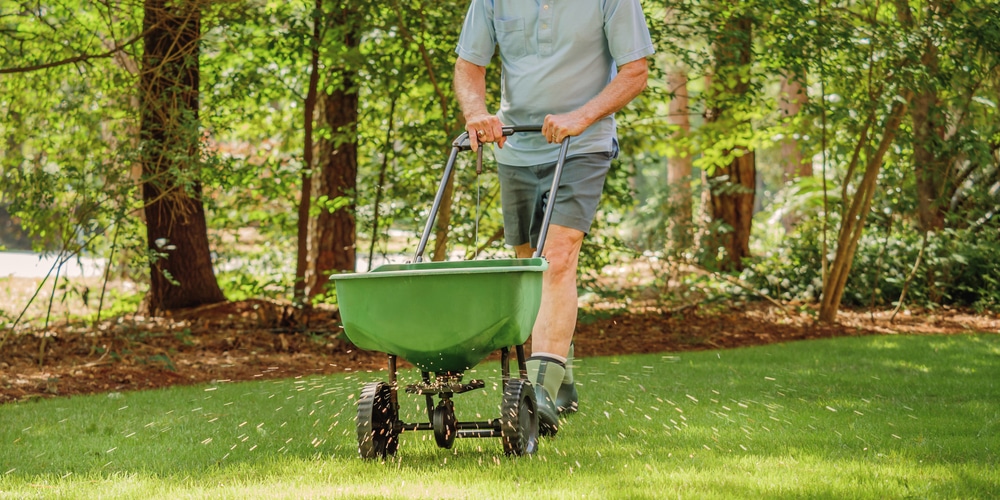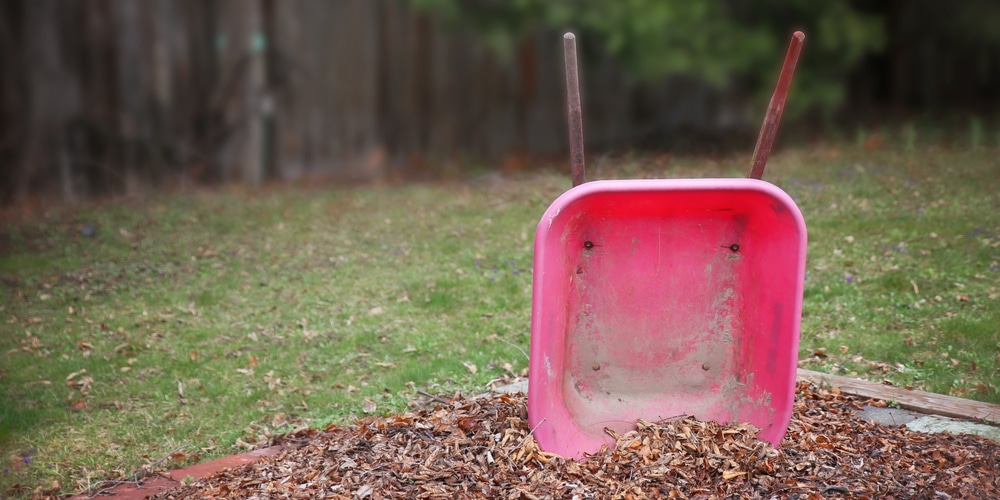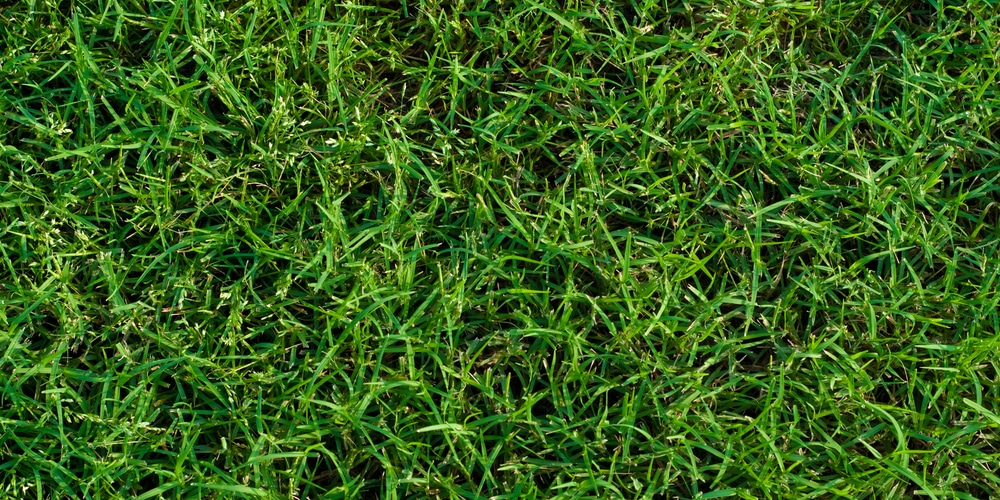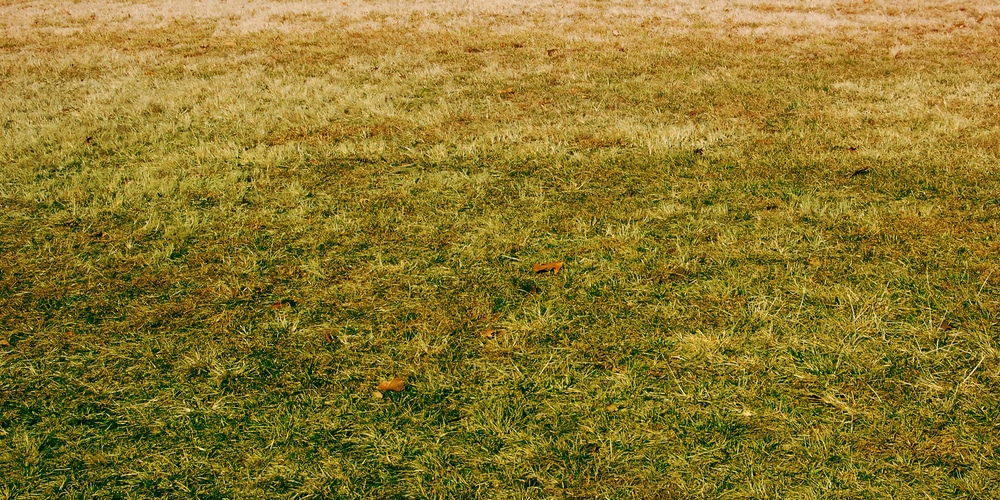Whether you’re a novice gardener or an experienced landscaper, fertilizing is a vital part of maintaining your lawn and garden. When deciding on the type of fertilizer to use, there are two common types: organic, inorganic.
Fertilizers are sold with NPK ratios which give details of the nutrients they contain. 0 0 60 fertilizer is a type of fertilizer that has been around for quite some time. It’s also one of the most commonly used types on lawns and gardens today. This article will help you understand what this type of fertilizer does, why it’s so popular, and how to use it properly in your own yard or garden.
What is 0 0 60 Fertilizer?
NPK fertilizers contain a mixture of nitrogen, phosphorus, and potassium designed to provide the primary nutrients required for plant growth. 0 0 60 fertilizer is slightly different as it has a high potassium content and doesn’t contain any nitrogen or phosphorus.
It can be used to condition the soil before planting or as a growth improver or lawn feed intended for use with specific plants or turf.
When is it best to use 0 0 60 Fertilizer?
0 0 60 is an all-purpose fertilizer that can be used on indoor and outdoor plants. It should be used on plants that require a high level of potassium for optimum growth, including root vegetables, flowers, and fruit trees.
For general garden use, it is not necessary and can often lead to over-fertilization with detrimental effects. Before applying the fertilizer, it’s best to test your soil to see whether it’s deficient in potassium.
0 0 60 fertilizer can be used up to four times annually. You can apply the fertilizer in the early spring at the beginning of the growing season and then at regular intervals throughout the summer and fall.
0 0 60 fertilizer is used to promote the robust growth of garden plants, shrubs, and trees that require a high level of potassium. It can be used on lawns to improve general turf quality but always follow the manufacturer’s instructions when applying it. It is not necessary for most garden plants if you are using standard NPK fertilizers or a specialist soil conditioner. Before using, check for any crop restrictions that may apply.
Related: Milorganite, is it good for your lawn?
How much 0 0 60 Fertilizer do I need to use?
The amount of 0 0 60 fertilizer you will need to use will vary depending on the brand of fertilizer you are using. As a general guide, mix 1 part 0 0 60 fertilizer with nine parts water and apply as a foliar spray or root drench. Always follow the manufacturer’s instructions labeled on the container.
Benefits
0 0 60 fertilizer is an excellent product for increasing the potassium levels in your soil, especially when used on specific plants that require high levels of potassium for optimum growth.
- It’s excellent value for money when compared to other fertilizers available.
- 0 0 60 fertilizer is available in various forms, including liquid concentrate and slow-release granules.
- 0 0 60 fertilizer will help improve soil nutrients, leading to greater plant health and strong roots. It can be used on root vegetables such as carrots and potatoes that need high potassium levels to grow well.
Drawbacks
The main drawback of using 0 0 60 fertilizer is that it can be over-used, leading to detrimental effects on your plants. Always follow the manufacturer’s instructions when applying and take care not to contaminate waterways.
- Remember to check for crop restrictions before using any fertilizer – there may be plants that shouldn’t be fertilized with 0 0 60 fertilizer, or you may need to restrict its use to certain times of the year.
- Take care when applying fertilizers near waterways so that you don’t cause pollution.
- Don’t allow it to come into contact with your skin.
- If you have young children or pets, keep them away from areas that have been treated with 0 0 60 fertilizer for at least 24 hours.
Conclusion
When used correctly, 0 0 60 fertilizers can help your plants reach their optimum growth potential. But always take care to read and follow the manufacturer’s instructions to avoid any negative effects. Depending on the type of plant, you may be better off with 17 17 17 fertilizer instead.



